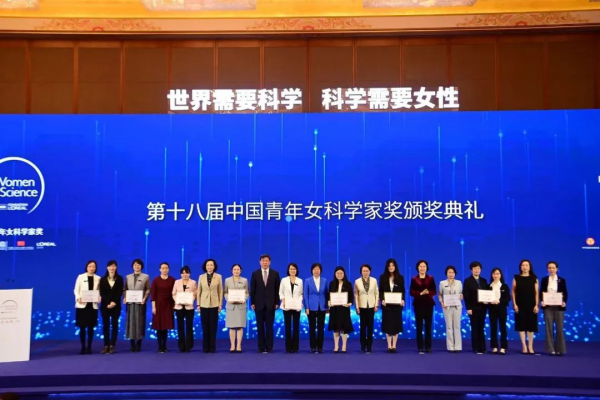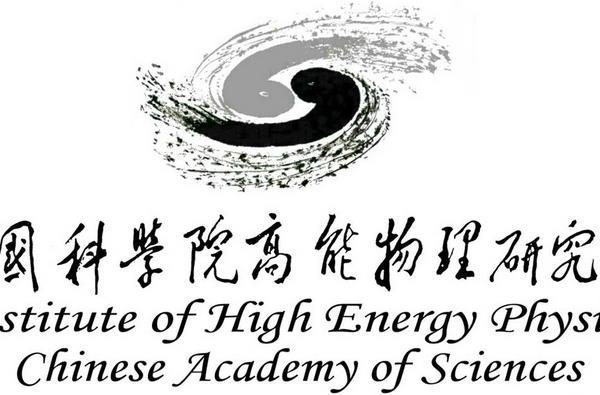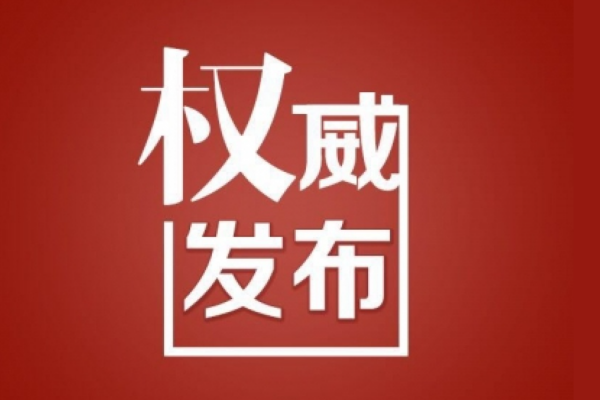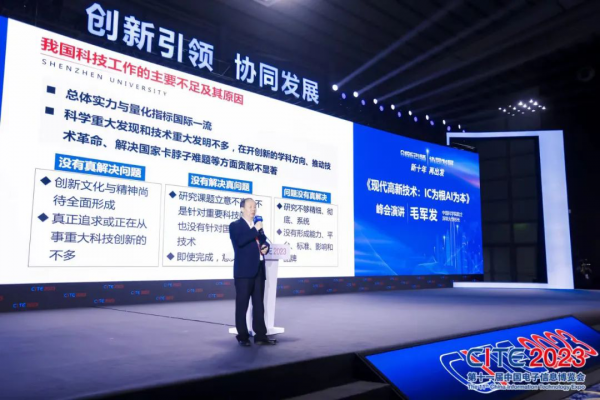Chip发表广西大学韦克金-中国信息通信科技集团肖希团队最新成果:基于硅基光子集成芯片的偏振编码量子密钥分发解码器
FUTURE远见| 2023-03-22
Future|远见
Future|远见future选编
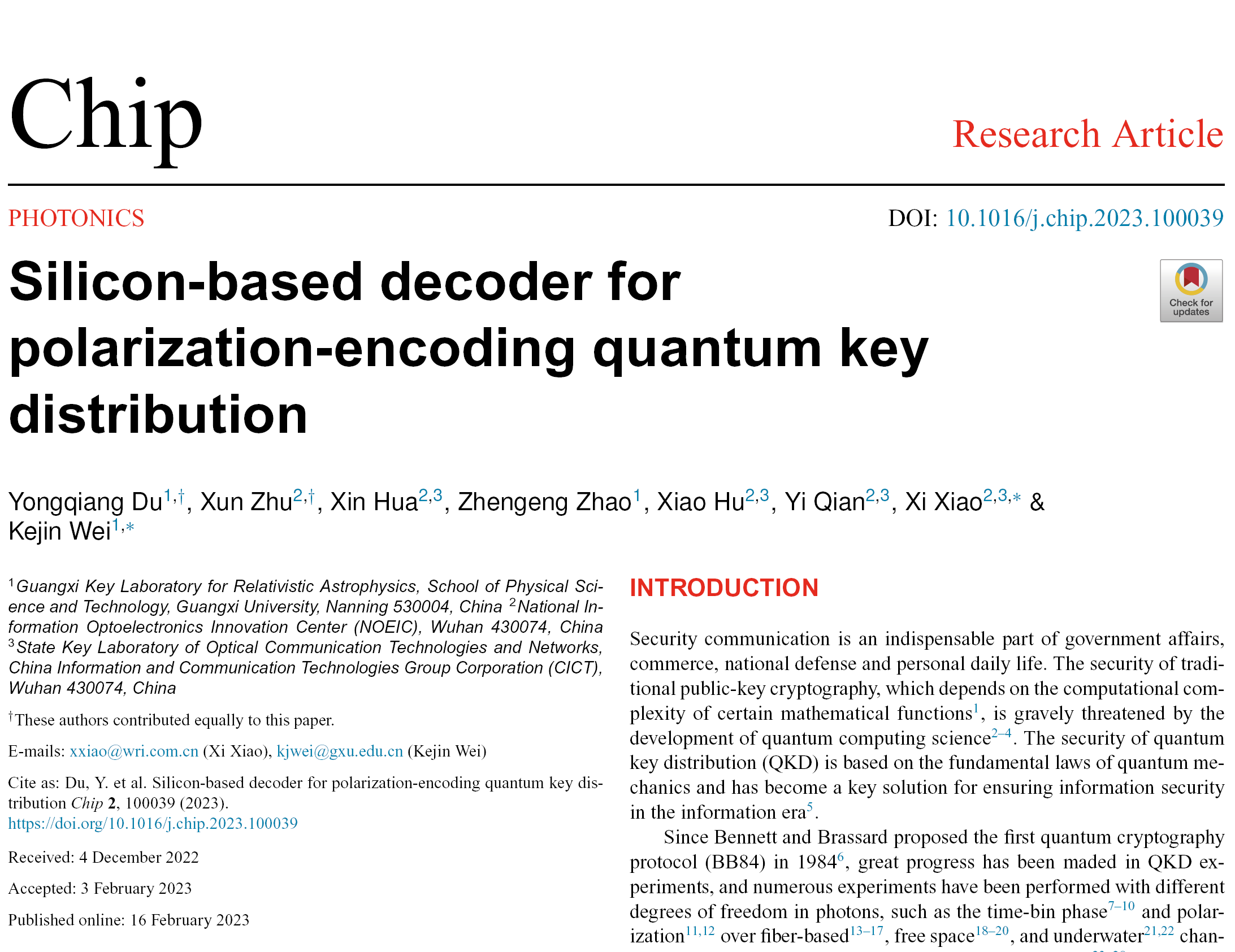
量子密钥分发(Quantum Key Distribution,QKD)的安全性基于量子力学的基本定律,已成为信息时代保障信息安全的关键技术方案之一。基于偏振编码的QKD系统在光纤和自由空间信道均有广泛应用²。当前,研制低成本、高可靠性、可集成化的偏振编码QKD系统是推动该技术进一步实用化和商业化的关键。硅基光子学集成因为其互补金属氧化物半导体(CMOS)兼容、高集成度、多功能性、可大规模集成制造等优势,被认为是最受关注的集成QKD技术平台之一³。然而,受限于芯片和器件技术水平,硅基全集成的偏振编码QKD系统接收端此前尚未获得充分验证。
在这篇文章中,作者基于自主硅光子器件IP和集成平台,使用偏振转路径的芯片架构,设计并实现了一种用于偏振编码QKD的全集成偏振解码器芯片(如图1所示)。该方案可以实现BB84-QKD系统所需的四种偏振态解码,同时可以利用对称干涉仪反馈补偿光纤链路引起的偏振态扰动。

图1 | (a) 硅基解码器芯片示意图。所有器件都在标准硅光子技术平台上制造。(b) 解码器芯片的显微图像。芯片尺寸为1.6×1.7 cm²。(c) 解码器芯片的实物图。封装体积为3.95×2.19×0.90 cm³。
研究团队通过搭建原理性的BB84-QKD系统对芯片的性能开展测试(如图2所示)。实验结果表明,在无任何偏振反馈的情况下该芯片连续工作10小时,平均量子比特误码率为0.59% ,完全满足实用化QKD系统的要求,验证了解码器的精度和稳定性。此外,利用自研的高速反馈算法,芯片成功实现了光纤偏振漂移的自动补偿,并成功在100 km的光纤链路上获得了240 bps的安全密钥率。

图2 | (a) 解码器在10小时内实现的无光纤量子比特误码率稳定性测试。红色的点代表平均量子比特误码率。(b) 偏振补偿系统180分钟测试结果(光纤扰偏器在20-30分钟内的任意时间间隔进行一次随机扰偏)。红色实线表示系统的平均量子比特误码率,绿色(蓝色)表示Z (X)基矢的量子比特误码率。(c) 不同光纤距离下的安全密钥率。红色五角星表示在实际距离下的实验结果,蓝色实线表示基于实验参数的理论模拟结果。
此工作对构建可商用化的量子QKD系统具有重要意义⁴,为下一代QKD的大规模部署奠定基础。
Silicon-based decoder for polarization-encoding quantum key distribution¹
Quantum key distribution (QKD) has become one of the key technologies to ensure information security in the information era, and its security is based on the basic laws of quantum mechanics. Polarization-encoding QKD systems have been widely applied in both optical fiber and free-space channels². Currently, the development of low-cost, high-reliability, and integratable polarization-encoded QKD systems is highly demanded for opening the way to commercial quantum information. Silicon photonics has been one of the most competitive integrated platforms thanks to its CMOS compatibility, mature technology and large-scale production advantages³. However, due to the difficulty of realizing polarization conversion using silicon-based photonics integration technology, it’s still a problem to realize a fully integrated polarization-encoding receiver.
In this paper, the authors designed and implemented a fully integrated polarization decoder chip for polarization-encoding QKD based on the path-to-polarization method on the standard silicon photonics platform (Fig. 1). This scheme can decode two arbitrary groups of orthogonal polarization states required for BB84-QKD system and can also compensate the polarization disturbance caused by fiber links using the symmetric interferometer.
The research team tested the performance of the chip by implementing a BB84-QKD system. The experimental results show that the chip can work continuously for 10 hours without any polarization feedback, and the average quantum bit error rate is 0.59% (Fig. 2a). The decoding accuracy and performance stability proves this device is suitable for practical QKD systems. In addition, using the self-developed high-speed feedback algorithm, the chip successfully realized the automatic compensation of fiber polarization drift and achieved a secure key rate of 240 bps over a 100 km fiber link (Fig. 2b, 2c).
This work is of great significance for constructing a commercial integrated QKD system⁴, laying a research foundation for the large-scale deployment of next-generation QKD.
参考文献:
1. Du, Y. et al. Silicon-based decoder for polarization-encoding quantum key distribution. Chip 2, 100039 (2023).
2. Xu, F. et al. Secure quantum key distribution with realistic devices. Rev. Mod. Phys. 92, 025002 (2020).
3. Paraïso, T. K. et al. A photonic integrated quantum secure communication system. Nat. Photon 15, 850–856 (2021).
4. Wei, K. et al. Resource-efficient quantum key distribution with integrated silicon photonics. Preprint at https://doi.org/10.48550/arXiv.2212.12980 (2022).
论文链接:
https://www.sciencedirect.com/science/article/pii/S2709472323000023?ref=pdf_download&fr=RR-2&rr=7abac70ad83dcfb4
关于Chip
Chip是全球唯一聚焦芯片类研究的综合性国际期刊,已入选由中国科协、教育部、科技部、中科院等单位联合实施的「中国科技期刊卓越行动计划高起点新刊项目」,为科技部鼓励发表「三类高质量论文」期刊之一。
Chip期刊由上海交通大学与Elsevier集团合作出版,并与多家国内外知名学术组织展开合作,为学术会议提供高质量交流平台。
Chip秉承创刊理念: All About Chip,聚焦芯片,兼容并包,旨在发表与芯片相关的各科研领域尖端突破性成果,助力未来芯片科技发展。迄今为止,Chip已在其编委会汇集了来自14个国家的70名世界知名专家学者,其中包括多名中外院士及IEEE、ACM、Optica等知名国际学会终身会士(Fellow)。
Chip第二卷第一期(2023年春季刊)于2023年03月在爱思唯尔Chip官网以金色开放获取形式(Gold Open Access)发布,欢迎访问阅读文章。
爱思唯尔Chip官网:
https://www.journals.elsevier.com/chip

